Jaehyuk Choi
CRAFT: Criticality-Aware Fault-Tolerance Enhancement Techniques for Emerging Memories-Based Deep Neural Networks
Feb 08, 2023
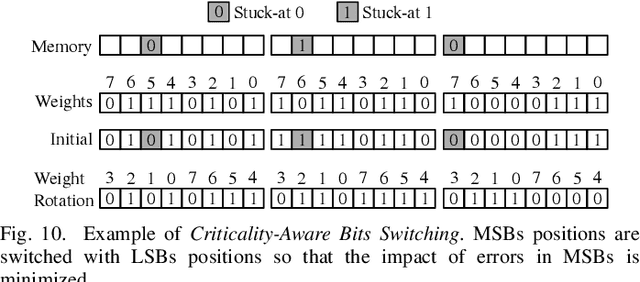

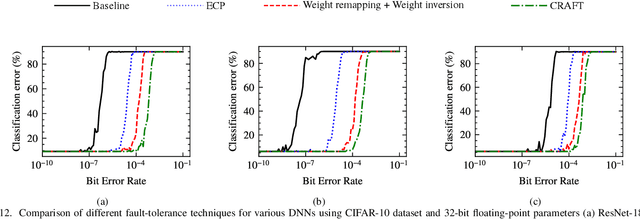
Abstract:Deep Neural Networks (DNNs) have emerged as the most effective programming paradigm for computer vision and natural language processing applications. With the rapid development of DNNs, efficient hardware architectures for deploying DNN-based applications on edge devices have been extensively studied. Emerging Non-Volatile Memories (NVMs), with their better scalability, non-volatility and good read performance, are found to be promising candidates for deploying DNNs. However, despite the promise, emerging NVMs often suffer from reliability issues such as stuck-at faults, which decrease the chip yield/memory lifetime and severely impact the accuracy of DNNs. A stuck-at cell can be read but not reprogrammed, thus, stuck-at faults in NVMs may or may not result in errors depending on the data to be stored. By reducing the number of errors caused by stuck-at faults, the reliability of a DNN-based system can be enhanced. This paper proposes CRAFT, i.e., Criticality-Aware Fault-Tolerance Enhancement Techniques to enhance the reliability of NVM-based DNNs in the presence of stuck-at faults. A data block remapping technique is used to reduce the impact of stuck-at faults on DNNs accuracy. Additionally, by performing bit-level criticality analysis on various DNNs, the critical-bit positions in network parameters that can significantly impact the accuracy are identified. Based on this analysis, we propose an encoding method which effectively swaps the critical bit positions with that of non-critical bits when more errors (due to stuck-at faults) are present in the critical bits.
LTC-GIF: Attracting More Clicks on Feature-length Sports Videos
Jan 22, 2022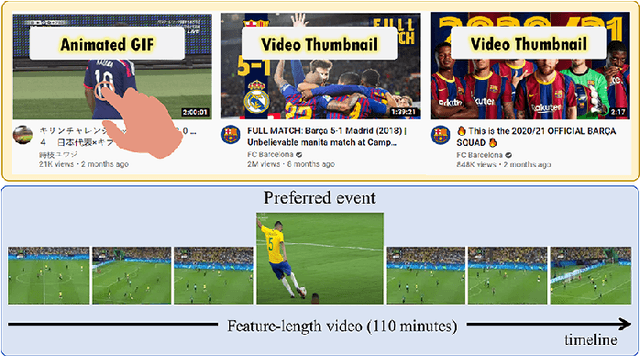
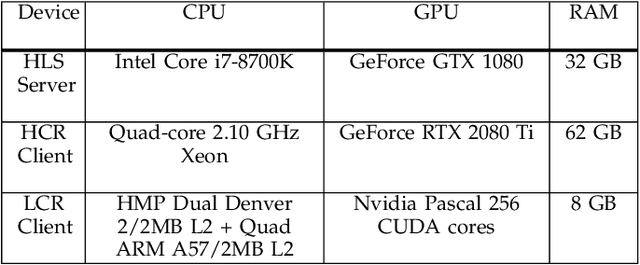
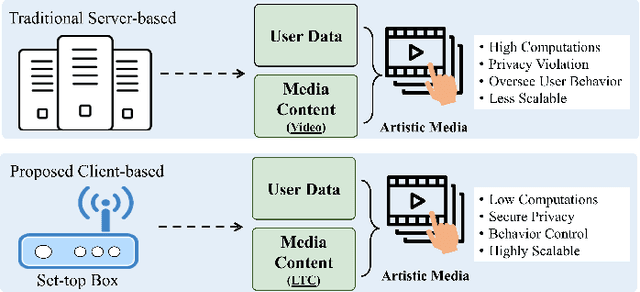
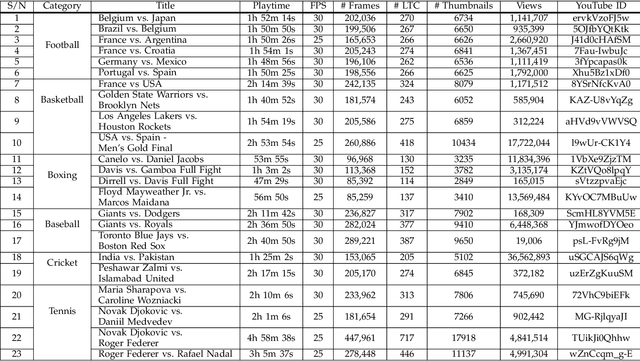
Abstract:This paper proposes a lightweight method to attract users and increase views of the video by presenting personalized artistic media -- i.e, static thumbnails and animated GIFs. This method analyzes lightweight thumbnail containers (LTC) using computational resources of the client device to recognize personalized events from full-length sports videos. In addition, instead of processing the entire video, small video segments are processed to generate artistic media. This makes the proposed approach more computationally efficient compared to the baseline approaches that create artistic media using the entire video. The proposed method retrieves and uses thumbnail containers and video segments, which reduces the required transmission bandwidth as well as the amount of locally stored data used during artistic media generation. When extensive experiments were conducted on the Nvidia Jetson TX2, the computational complexity of the proposed method was 3.57 times lower than that of the SoA method. In the qualitative assessment, GIFs generated using the proposed method received 1.02 higher overall ratings compared to the SoA method. To the best of our knowledge, this is the first technique that uses LTC to generate artistic media while providing lightweight and high-performance services even on resource-constrained devices.
Predicting Recession Probabilities Using Term Spreads: New Evidence from a Machine Learning Approach
Jan 23, 2021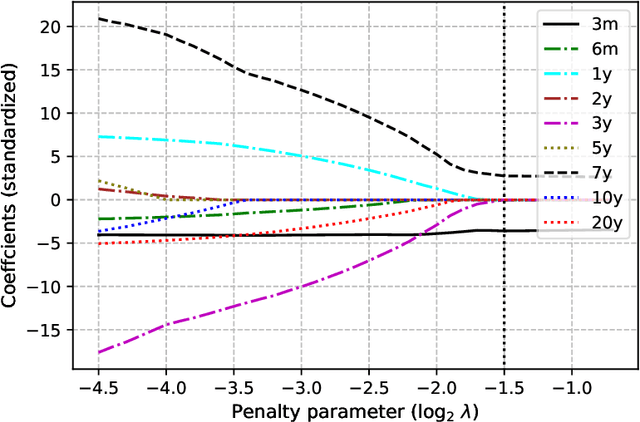
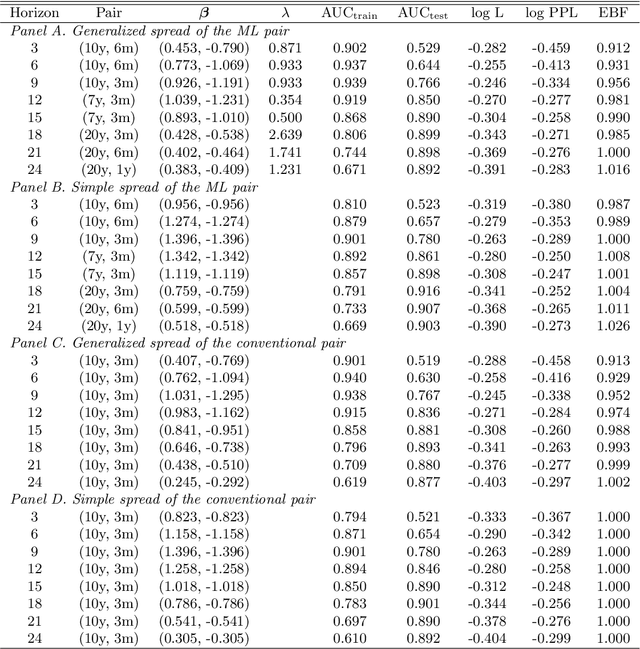
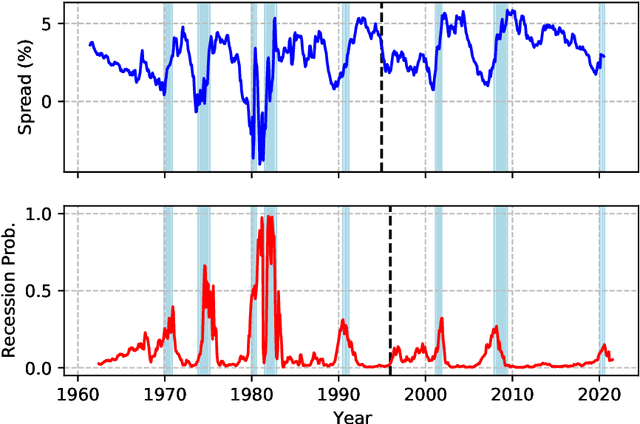
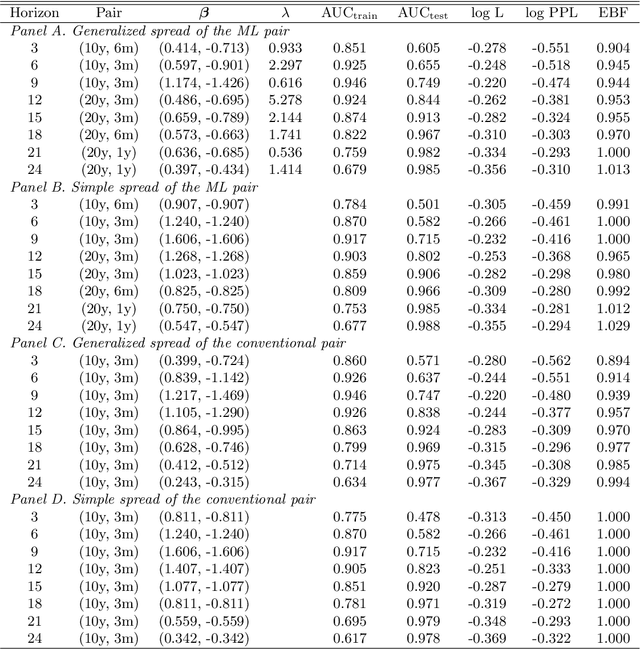
Abstract:The literature on using yield curves to forecast recessions typically measures the term spread as the difference between the 10-year and the three-month Treasury rates. Furthermore, using the term spread constrains the long- and short-term interest rates to have the same absolute effect on the recession probability. In this study, we adopt a machine learning method to investigate whether the predictive ability of interest rates can be improved. The machine learning algorithm identifies the best maturity pair, separating the effects of interest rates from those of the term spread. Our comprehensive empirical exercise shows that, despite the likelihood gain, the machine learning approach does not significantly improve the predictive accuracy, owing to the estimation error. Our finding supports the conventional use of the 10-year--three-month Treasury yield spread. This is robust to the forecasting horizon, control variable, sample period, and oversampling of the recession observations.
 Add to Chrome
Add to Chrome Add to Firefox
Add to Firefox Add to Edge
Add to Edge